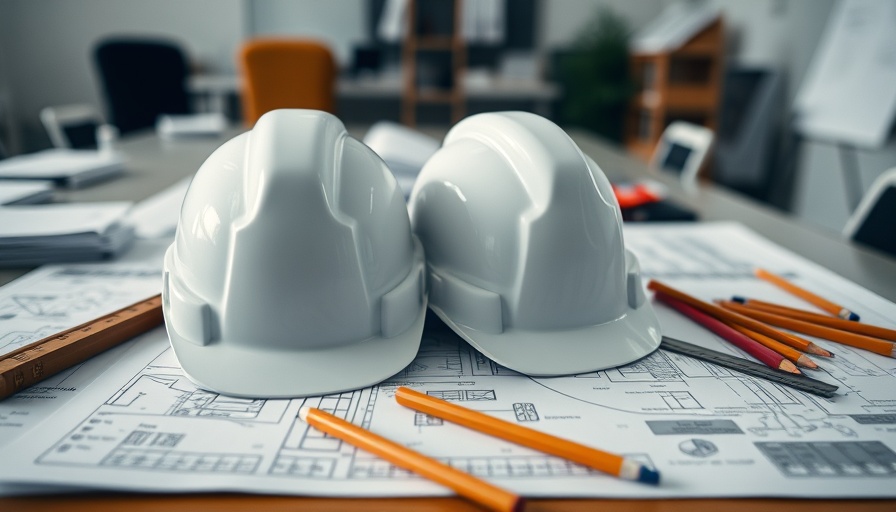
Understanding the Core Partnership Between General Contractors and Architects
In the intricate world of commercial construction, the relationship between general contractors and architects is foundational to the success of any project. The collaboration starts at the very beginning—conceptualization. Architects conceptualize the aesthetic and functional aspects of a building, while general contractors focus on the practicality of those designs, ensuring they can be executed efficiently and within budget. This synergy lays the groundwork for minimizing risks and enhancing project outcomes.
Effective Communication: The Bedrock of Successful Projects
Research consistently shows that projects falter when communication fails. Effective dialogue between architects and general contractors ensures that every stakeholder's vision and expectations are aligned. Regular meetings and updates facilitate the flow of information, addressing potential issues before they escalate into costly changes or delays.
The Importance of Early Collaboration in Risk Mitigation
Early engagement between general contractors and architects not only strengthens their partnership but also serves as a safeguard against risks. By discussing the construction process in the initial design phases, contractors can identify potential challenges that may arise during execution, such as material limitations or site restrictions. This proactive approach helps streamline construction, avoid costly delays, and ultimately deliver projects on time and within budget.
Case Studies: When Collaboration Leads to Success
Consider the transformation of a leading tech company’s headquarters. Initial designs proposed an open-plan workspace with extensive glass installations. However, through early consultations, the general contractor suggested alternative materials that paired aesthetics with increased safety measures, preventing structural issues later on. This case exemplifies how pivotal early collaboration can be in enhancing functionality while still creating appealing environments.
Future Trends in the Commercial Construction Landscape
The commercial construction industry is evolving, driven by advances in technology and an increasing emphasis on sustainability. As architects and contractors face new challenges—like meeting sustainability goals and adapting to innovative construction technologies—this adaptability will require fluid communication and ongoing collaboration. The future lies in leveraging Building Information Modeling (BIM) tools to improve design accuracy and reduce waste, further solidifying the need for teamwork.
Final Thoughts: The Value of a Strong Contractor-Architect Relationship
For business owners and developers, engaging with construction teams that prioritize partnership between architects and general contractors can lead to superior project outcomes. Clients benefit when these professionals work cohesively, ensuring that both aesthetic and functional goals are met within budget constraints.
As you embark on your next commercial construction endeavor, consider the value of this collaboration. As trends shift toward more integrated project delivery methods, understanding these dynamics can position your project for success. Future-focused projects are built on the foundation of strong relationships and shared goals—invest in partnerships that will elevate your construction experience.
 Add Row
Add Row  Add
Add 




Write A Comment